A couple of interesting things have happened lately that have encouraged me to feel even more ‘thinky’ about food than I normally am. We’re in a slight lull between projects at work at the moment, so a few people asked if I would be willing to teach a class on modernist cooking. This is terrifying to me for several reasons, despite simultaneously being clearly awesome and incredibly flattering. I spent this weekend making spreadsheets, handouts, and writeups trying to plan out how I might do this; an added twist is that we have no access to an oven, which is some Top Chef Quickfire Challenge shit right there.
At the same time this invitation was coming to be, I got into an email conversation with some friends of mine from college. They’re vaguely familiar with this project of mine, but are mostly fascinated that anyone would be willing to dump $350 or so per person on a 5-hour meal of tiny bites of food (which is part of anyone’s first impression of Alinea). One of them asked me “what’s the appeal?”, a question that’s very fun for me to think about and that I was extremely excited to try to answer. “Is it the gimmickry, the sciencey stuff? Is it the ‘food as art’ thing? Is it just because it’s delicious?” they asked.
In addition to planning and trying to execute three recipes for this class at work (all of which are my own variations of ideas I’ve learned from doing this), I also decided foolishly to try to make a new recipe from the book as well. The entire time I was juggling these four things, I was thinking about this question my friends asked. It bled into thoughts I want to share in this class, and also into something else that’s been eating at my slightly for the past several weeks:
The rock stars behind Alinea have recently opened two new swanky places: Next and Aviary. As time as came closer and closer to the opening of these new places, Chef Achatz and others understandably twittered/social-media’d more and more about it. The building excitement had an odd effect on me: I became really averse to it. Aviary’s opening night was this past weekend, and a friend of Sarah’s was there. She was excitedly sending Sarah photos on her phone of each treat she was served, and Sarah passed the photos along to me. My reaction was odd: I basically didn’t want to see them.
I know that sounds weird. It was weird to me too. So weird that I couldn’t stop thinking about it this weekend.
Last week my friend Joe found and shared this incredibly inspiring quote from Ira Glass:
“Nobody tells this to people who are beginners, I wish someone told me. All of us who do creative work, we get into it because we have good taste. But there is this gap. For the first couple years you make stuff, it’s just not that good. It’s trying to be good, it has potential, but it’s not. But your taste, the thing that got you into the game, is still killer. And your taste is why your work disappoints you. A lot of people never get past this phase, they quit. Most people I know who do interesting, creative work went through years of this. We know our work doesn’t have this special thing that we want it to have. We all go through this. And if you are just starting out or you are still in this phase, you gotta know its normal and the most important thing you can do is do a lot of work. Put yourself on a deadline so that every week you will finish one story. It is only by going through a volume of work that you will close that gap, and your work will be as good as your ambitions. And I took longer to figure out how to do this than anyone I’ve ever met. It’s gonna take awhile. It’s normal to take awhile. You’ve just gotta fight your way through.”
I was quite moved by it, and it kept coming into my head over and over again while I was thinking about food stuff.
My first exposure to food as something more than just sustenance was when Sarah and I ate at Nobu in New York when we first started dating. Sarah bought me the cookbook for the restaurant soon after, and I was quite struck by how pretty the food looked on the plate. Sure it tasted great, but it was also artfully arranged in an eye-catching way. It was then that I learned that the visual appeal of food is just as strong as its taste, and that plating was an art form with quite a bit of significance.
Several months later, I found a curious cookbook that built on this, but took it a step further. The idea of a dish that took just as long to prepare as a main course (maybe longer) and that sought to distill flavors into one powerful bite was fascinating to me. This was my introduction to the idea of flavor as something to scrutinize.
Finally, I had a meal at Alinea. I realize in looking back through my little culinary interest arc that Alinea’s appeal to me was a natural one, an extension of these things I was already interested in, but also an introduction to much more. To answer my friends’ question succinctly, it’s consideration that is the appeal. Consideration of everything. Of plating, presentation, of flavor, but also of texture, form, use other senses, tapping into emotions. In short, my exposure to this satisfied the taste that Ira Glass spoke of.
Having identified that taste, I now want to be able to do it myself. I get that doing that takes years, a lifetime of practice, experience, mistakes, and learning. But it’s not good enough for me to just consume it; I want/need to make it myself. Over and over again I try to make something but fail to realize the picture I have in my head for what I want. Like Ira says, it’s trying to be good, but it’s not where my taste is.
The reason I was averse to seeing what Aviary/Next are doing is because it underscores how big a gap there is between my taste and my current skill. Right when I think “hey, I’m almost halfway through this book, and I understand a pretty decent chunk of what I’m doing! Sweet!” I see impossibly beautiful serviceware, cocktails, and amuses in Aviary and realize I’m nowhere close to being able to do that kind of stuff on my own yet. This is also why the idea of trying to teach this feels dishonest; at best I would just be asking people to come play and learn with me.
That thought is pernicious. This is daunting, but at the same time I can’t not do it. To me, the only thing worse than not realizing my own taste is understanding my taste and then just ignoring it.
Jolting segue: this is what I was thinking about while I was making this dish, which is a small cube of lamb topped with akudjura and a nicoise olive enshrouded in a veil of toasted eucalyptus leaves.
Akudjura, or “bush tomatoes”, actually look more like raisins and grow on small shrubs in Australia. They’ve been used as a food source by aboriginals for millinea. Akudjura powder is pretty tough to find in the U.S., though I stumbled across a single, dusty can of it in the back of a bottom shelf in a small grocery store in the SF Ferry Building. The can looked like it could have been years old, and had no expiration date (nor did it have a price tag), but I bought it anyway, so overjoyed was I to find it.
As soon as I got home I opened it to taste it. The small berry chunks are sweet and tart, with a punchy, earthy sense to them. For some reason they remind me a little of eating candy, though I’m not sure why.
The panade atop the lamb cube is made of the akudjura and brioche. Sarah’s been working her way through a baking cookbook as well, and is faring extremely well with it. She coincidentally and handily wanted to try making her own brioche, so that’s what I used for this. Her brioche turned out really amazingly beautiful.
The lamb itself here is a small cube of sirloin. The book calls for “1 lamb loin, trimmed of fat and sinew, approx 150g after trimming”. I really, really, REALLY want to take a butchery class so I can better understand how to buy meat; at Piedmont Grocery they had ‘sirloin roast’ (which was about 1.5lbs) and “loin chops”. Even after reading some cookbooks about butchery I don’t fully understand the difference between these two cuts in terms of what muscles they encompass. The sirloin, even after generous trimming, still weighed well over 150g. I cooked it en sous vide for 20 minutes as the book instructed, but realized afterwards that I surely should have cooked it longer because it was a bigger cut…it came out pretty bloody and extremely rare, which wasn’t really to my liking.
Sarah also pointed out that most meats so far I’ve cooked for this project are minimally seasoned/spiced before cooking. I suppose this is to highlight the intrinsic flavor of the meat, though to me they tend to taste a little plain and boring. This lamb tasted ‘lamby’, with ‘other stuff around it’, but not really ‘good’ in and of itself.
The lamb sits in a small dollop of fava bean puree, and is covered with eucalyptus. I can remember when I first moved to California years ago noticing a damp, sweet smell in the air over in Marin. I asked my friend what it was and he pointed out the tall trees surrounding us with long, fingery leaves draping down and said “Eucalyptus”. That perfume is still one of my favorite things about living here, and I was excited to smell it over top this dish. The recipe calls for tossing the eucalyptus leaves in eucalyptus oil though, which to me smells very different. Natural eucalyptus is sweet and damp and gentle, and eucalyptus oil is harsh and smells like Halls cough drops. This is how the whole thing smelled once the leaves were toasted, too, which was aromatic but not quite the nostalgia I was hoping for.
So overall my impressions of this were lackluster, and I’m sure this was in part due to me also trying to make chai tea breath strips and dehydrated bacon strips at the same time, neither of which turned out great themselves. But the encouraging thing I’m taking away from this is Ira’s wisdom, and trying to be ok with the times I fail, because I understand better now why I feel frustrated.
Keep trying.
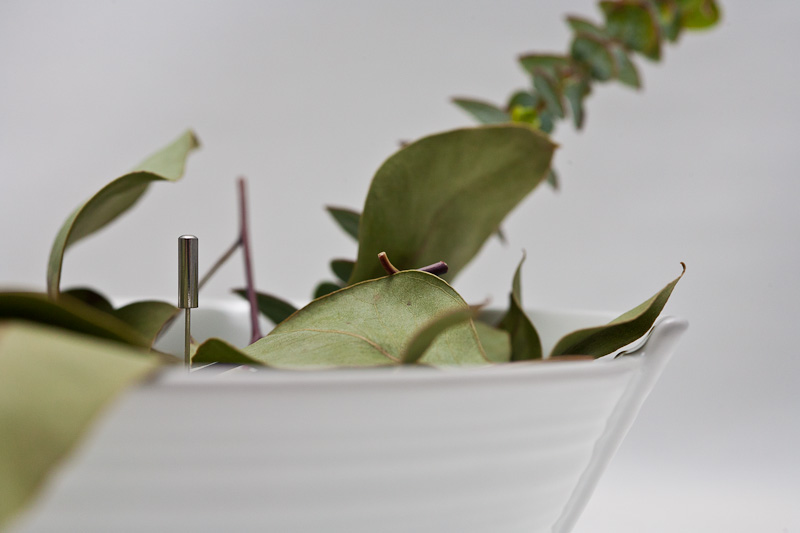
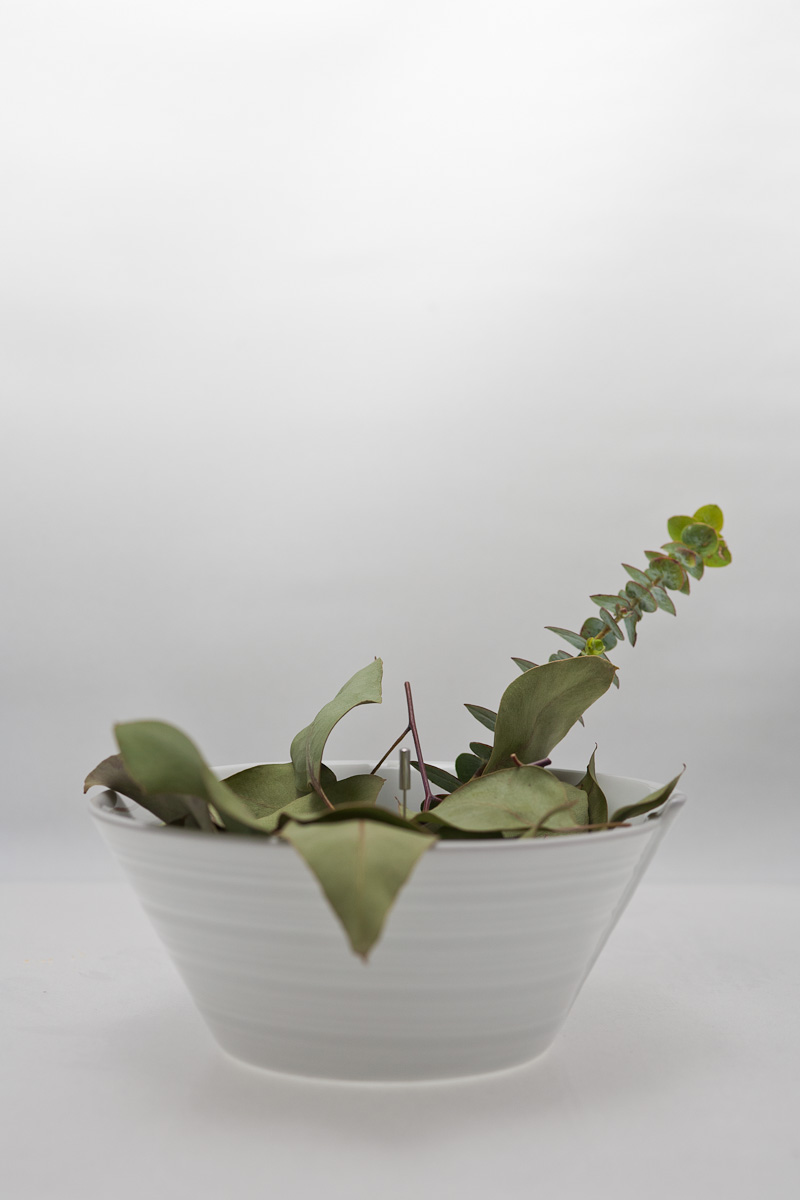
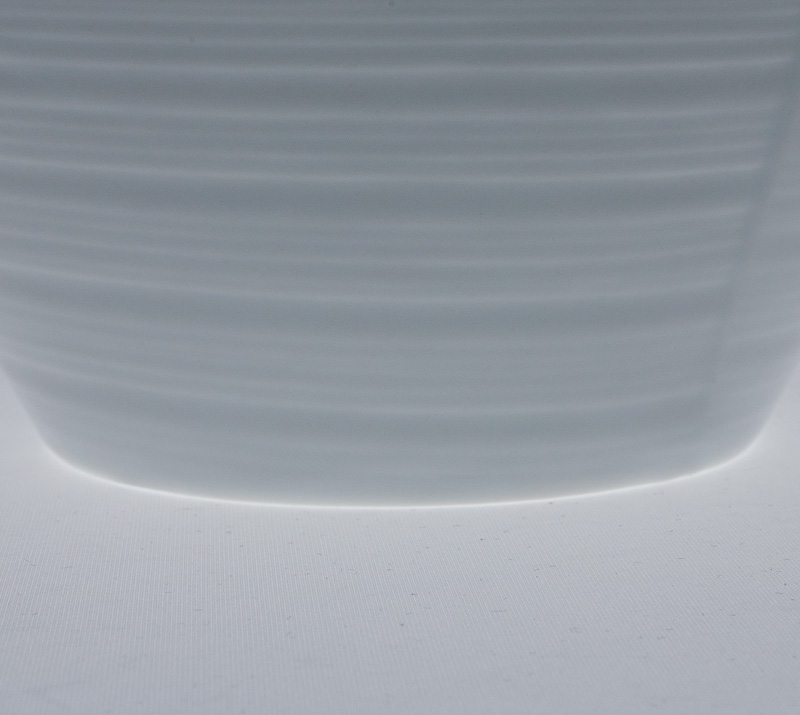
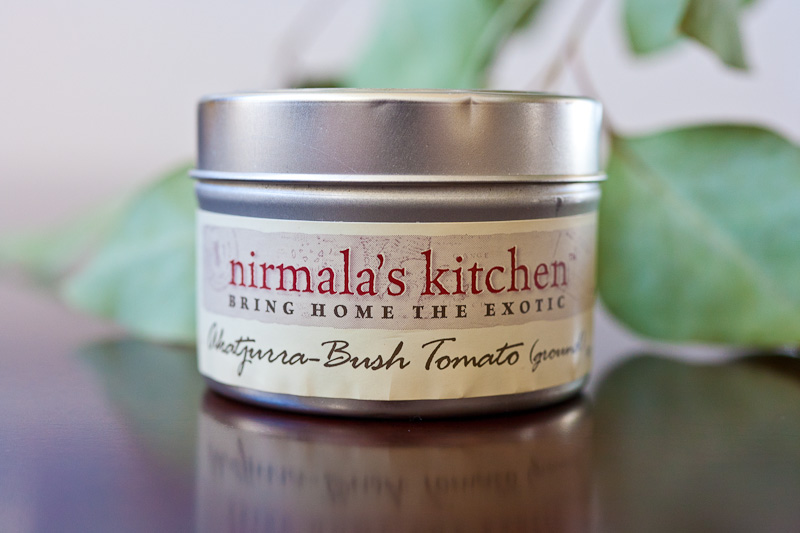
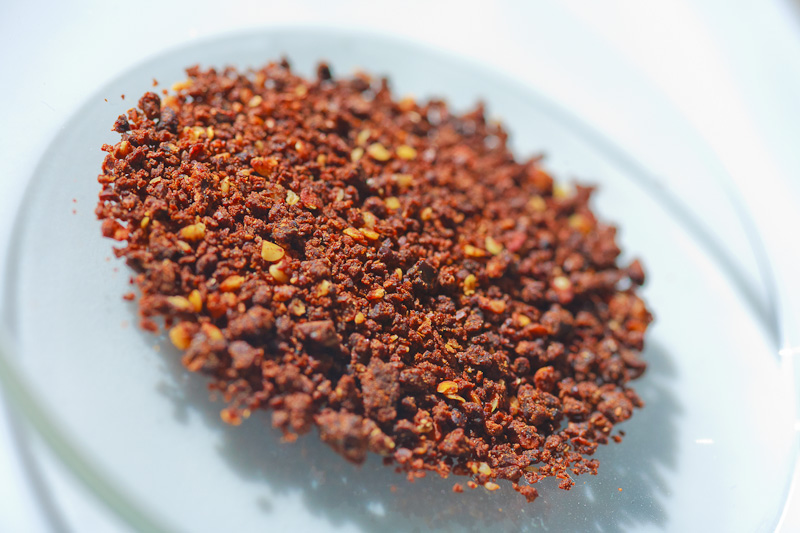

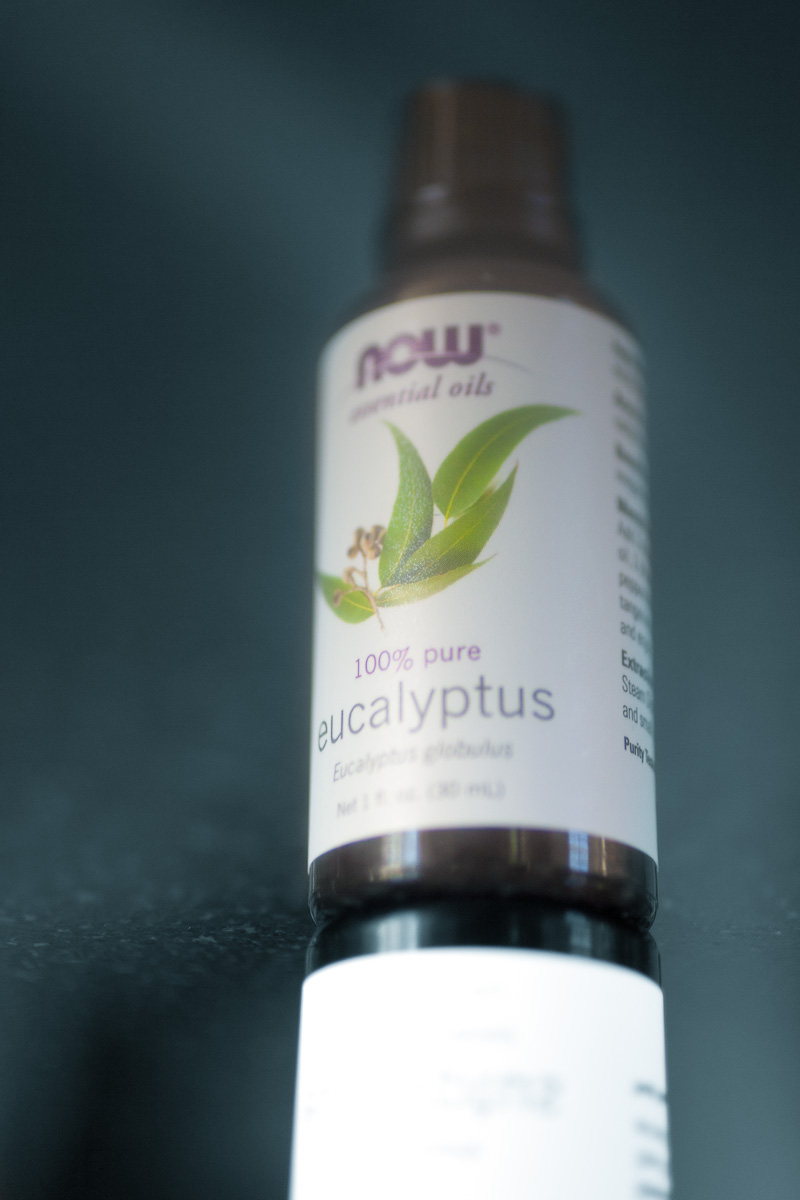
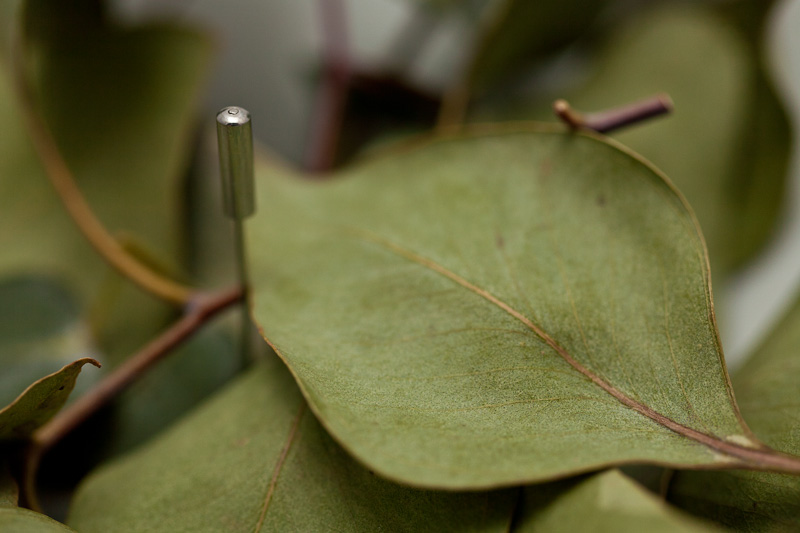
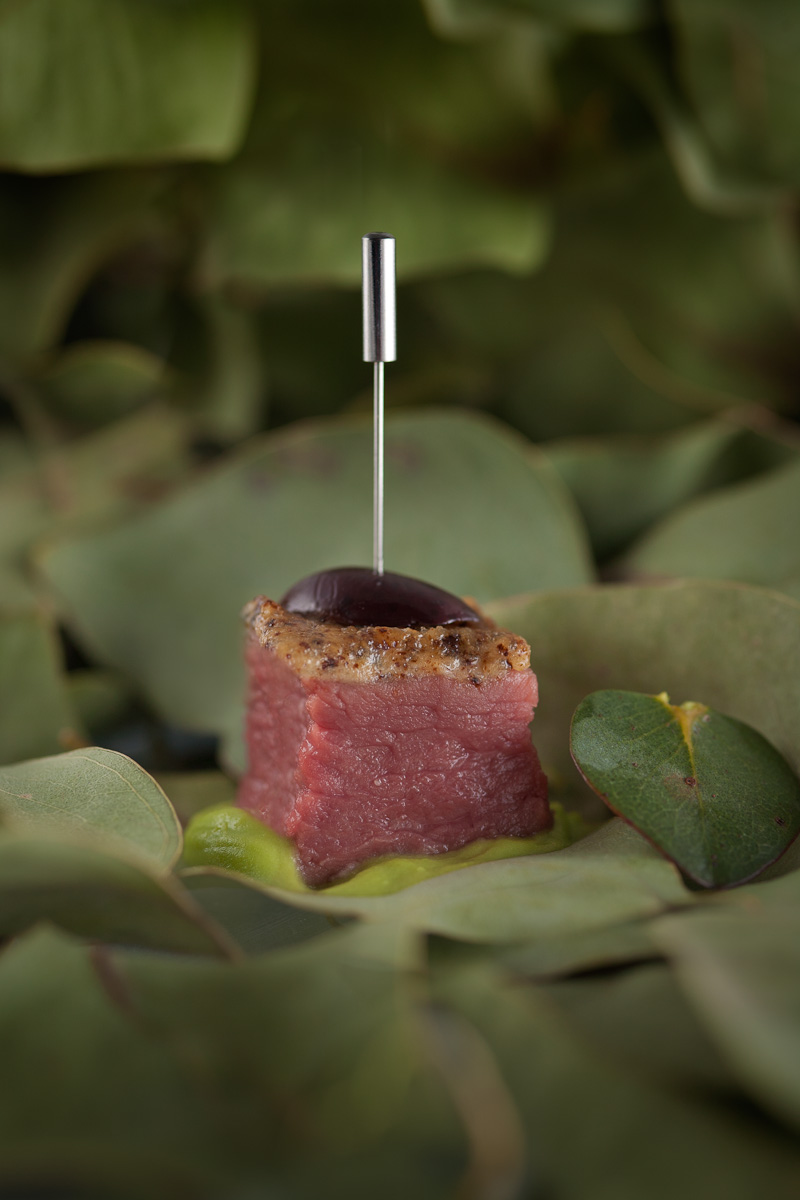
Hi,
I just stumbled on your project via Design*Sponge. It looks like you’ve been up to some pretty incredible stuff, even if this latest attempt wasn’t particularly successful. I look forward to further developments.
I think I get your trepidation over the photos from Achatz’s new restaurants. I’m a philosophy grad student, and sometimes it’s difficult to start reading papers that you know by reputation to be brilliant. It’s painful sometimes, wondering whether how much of it is genius and how much of it hard work. And then there’s nothing else to do but keep at it.
Hi Katie!
I really appreciate your empathy–it makes me feel less, um, ‘weird’ for feeling this way? My friend Joe commented to me recently about this thought, saying something like “the more we master something, the more critical our tastes become, which counteracts our feelings of progress. Even though we’re getting better, we’re also getting harder on ourselves, but it’s important to remember we ARE getting better.” He’s pretty good, that guy.
Anyway, thanks very much for the lovely compliments, for visiting my little journal here, and for sharing your own!
p.s. I have that Tartine book too..it is totally 100% rad to the max. 🙂
Hear, hear. It’s nice to be reminded of that every now and then when you do recognize a mark of your progress. I’m sure there are things that were challenging for you at the outset of this project that you wouldn’t find so difficult now. 🙂
The idea of re-creating Alinea’s dishes at home is still mind-blowing to me. Though I’ve been living in Chicago for the better part of a year now, I haven’t been yet. Given the expense, it’ll probably have to wait for a special occasion, a very special occasion…like when I graduate years from now. In the meantime, I think your project will be a nice way to satisfy my curiosity.